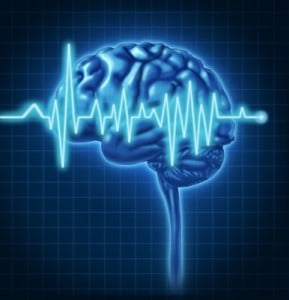
The new test includes a reading of brain waves, which are measured by an electroencephalogram (EEG). Essentially, an EEG is used to record electrical impulses, or waves, produced by the nerve cells inside the brain. Frequency is measured each second. In previous research, it has been found that the theta/beta wave ratios are higher in children who suffer from ADHD, and it is these waves that doctors will be looking for in the 15 to 20 minute brain wave test.
A total of 275 children and adolescents between the ages of 6 and 17 were included in the study presented to the FDA. In addition to results from the NEBA created test, patients were analyzed under the standard diagnostic protocols currently in place, including:
- Meeting criteria in the Diagnostics and Statistical Manual of Mental Disorders IV Text Revision (DSM-IV-TR)
- Behavioral questionnaire
- Physical examination
- IQ and behavioral testing
An independent group of ADHD experts reviewed the cases and their results, and used the information they were given to provide a consensus diagnosis on each child. They were to determine if the child suffered from ADHD or, perhaps, some other condition. According to the FDA, the trial showed that, when compared with the current standard clinical assessment alone, the EEG-based testing helped improve the accuracy of diagnosis among the experts. It is for this reason the NEBA test was given approval for use in the diagnosis of ADHD.
The EEG test will not be used alone when determining whether or not a child suffers from ADHD, however. It will still be used “along with other clinical information, [which] may help healthcare providers more accurately determine if ADHD is the cause of a behavioral problem,” Christy Forman, a product evaluation director at the FDA told Medical News Today.
Unfortunately, not everyone is excited about the approval; this includes some experts in the ADHD field. William Pelham, director of the Center for Children and Families at Florida International University is just one of those naysayers.
“What’s the point,” Pelham, who believes that brain research is adding very little to the accuracy of traditional methods of diagnosis, told the New York Times. “We’re not going to run out and buy one of these machines to diagnoses, because it is totally unnecessary.”
But is he right? Are those that devised and approved the test correct? Does it really matter who’s right or wrong?
Hopefully, the new test will help to ensure that fewer children fall through the cracks, and fewer misdiagnoses are made. But only time will really tell one way or another. Personally, I’m hoping for the best.
What are your thoughts on the new test? We’d love to hear from you!
Related Articles:
- FDA Proposes Crack Down on Apple Juice Makers for Arsenic Levels
- Study Suggests Children With Autism May Infer Thoughts of Others Sooner if Given Right Motivation
- Newly Discovered Antibodies Produced by Some Pregnant Women May Lead to Prenatal Autism Test and Prevention






